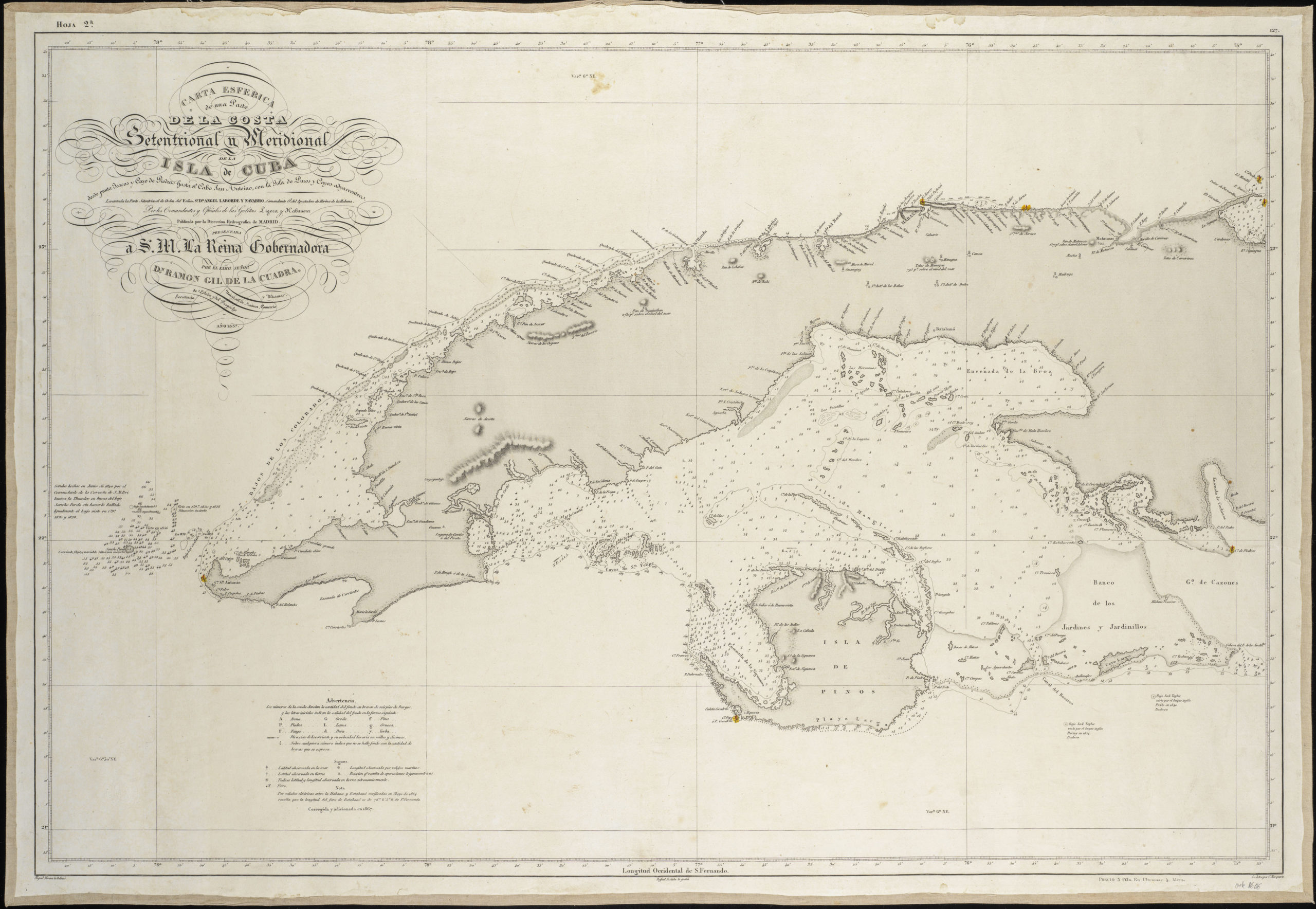Only the second printed view of the Panama Canal in history.
Panorama del Canale di Panama.
$875
1 in stock
Description
This is Giosellino Peverelli’s bird’s eye view of the Panama isthmus, with significant sections of the new Panama Canal. The view was likely compiled and issued to coincide with the commencement of the first French Panama Canal project sometime in the early 1880s. The perspective looks from the Pacific towards the Atlantic, and in the lower left corner, we find a small colored vignette depicting a Panamanian landscape.
While the French endeavors were less than successful, Peverelli’s view was not. The duo published a second, more elaborate (but visually less pleasing) view in 1890. This edition included black and white inset maps of the canal itself and the world, an elevation graph, as well as a table showing the distances from London, Le Havre, and Genova to San Francisco, Valparaiso, and Sydney; all of them naturally on routes that made use of the new Canal.
Context is Everything
When Cesare Vimercati published this view around 1881, the notion of building a canal across the Panama isthmus was already centuries old. None had, however, come as close to executing those plans as the French, who had recently completed the Suez Canal, to the world’s amazement.
During the late 1870s, the French Navy explored several routes and formulated a number of official proposals that included the construction of tunnels and locks. Among the routes explored was a tract that ran from Limon Bay to Panama City. This would correspond exactly to the route finally settled upon by the Americans. Construction of the French canal began in 1881, roughly at the same time as this view was published. The project was primarily driven forward by the French diplomat and entrepreneur Ferdinand de Lesseps, who had also been the driving force behind the Suez Canal. Despite enormous funds being invested, the project was plagued from the outset by a range of misfortunes, from malaria to bankruptcy, eventually leading to its complete collapse. At that stage, an estimated 22,000 men had died from disease and accidents, and the savings of more than 800,000 investors had been lost. The total expenditure exceeded $287,000,000!
After a second recuperation attempt in 1889, the French finally yielded. Within a decade, Colombia had sold the lease of the canal land to the United States for a measly $10 million and an annual stipend. In 1903, Panama declared its independence from Colombia, enjoying strong support from the United States in the process. Once independence had been established, the US took over the French project and completed the canal in ten years (1914).
Census
This is one of the very first depictions of the Panama Canal and possibly only the second printed view in history. We have only been able to identify one prior view, compiled by French mathematician and surveyor Charles Muret in 1881, shortly after construction began (LoCc no. 2011590001). Peverelli’s composition was issued only months after Muret’s and appears to have been at least partly inspired by it.
Peverelli’s view is scarce, with no institutional listings figuring in the OCLC and no records matching its title in the Library of Congress. Even the later and more common 1890 reprint has become scarce on the market, with only a single listing currently active.
Cartographer(s):
Cesare Vimercati was a 19th-century author, journalist, and publisher from Milan who worked out of Livorno. He came from a long line of virtuosos and instrument makers. In the early part of his career, Vimercati worked as a correspondent and journalist in the Ottoman Middle East.
Giosellino PeverelliGiossellino Peverelli was an Italian professor and illustrator.
Condition Description
Printed on nice, thick paper. Lower margin shaved close to imprint, light foxing.
References







